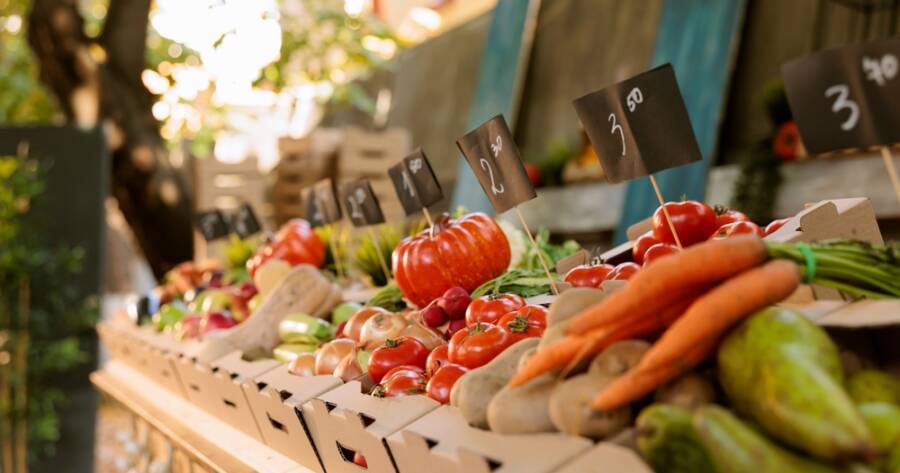In a fast-paced world dominated by global supply chains and pre-packaged everything, eating locally has become a meaningful way to reconnect with our food and the people who grow it. The farm-to-table movement isn’t just a culinary trend, it’s a lifestyle choice rooted in sustainability, nutrition, community, and flavor. Eating locally means choosing ingredients that are grown, raised, or produced within your region. Understand how farm-to-table eating offers fresher, healthier meals.
Why Eat Local?
1. Fresher Food, Better Taste
Locally grown food doesn’t travel thousands of miles to reach your plate. That means it’s often harvested at peak ripeness, which leads to better flavor and higher nutritional value. Fresh strawberries taste sweeter, leafy greens stay crisper, and tomatoes actually taste like tomatoes.
2. Environmental Impact
Transporting food long distances contributes to greenhouse gas emissions. When you eat local, you help reduce the environmental footprint of your meals. Supporting nearby farms also helps preserve green spaces and promote biodiversity in your community.
3. Supporting Local Economies
Every dollar spent on local food helps support family farms, small businesses, and local food systems. This reinvestment keeps your community resilient and economically vibrant.
4. Seasonal Eating
Eating what’s in season connects you to nature’s rhythms. Seasonal produce tends to be more affordable, more nutritious, and often grown with fewer chemicals and preservatives.
Where to Start
Eating locally doesn’t require a complete lifestyle overhaul. Start with these simple steps:
1. Visit Farmers Markets
Farmers markets are the heart of the local food movement. They offer a variety of fresh produce, meats, dairy, baked goods, and handmade items from people in your community. Talk to farmers, ask questions about growing practices, and discover what’s in season.
2. Join a CSA
Community Supported Agriculture (CSA) programs let you subscribe to a local farm’s harvest. Each week or month, you’ll receive a box of fresh, seasonal goods. CSAs are a great way to try new foods and support farms directly.
3. Choose Local at the Grocery Store
Even major supermarkets now offer locally sourced sections. Look for signs that indicate where produce, meat, or dairy comes from. Items labeled with your state or region are usually a good bet.
4. Eat at Farm-to-Table Restaurants
Many restaurants now highlight local sourcing on their menus. Chefs who cook with local ingredients often adjust their offerings based on availability, leading to fresh, creative dishes that reflect the region’s character.
5. Grow Your Own
Even if you don’t have a green thumb or a backyard garden, growing herbs on a windowsill or tomatoes in a container can increase your appreciation for fresh, homegrown produce.
Make the Most of Seasonal Eating
To succeed with local eating, plan around the seasons. Learn what grows when in your region, spring might bring tender greens and asparagus, while summer offers tomatoes, corn, and berries. In the fall, root vegetables and squashes take center stage, and winter might mean hearty greens, citrus, and preserved items.
Preserving excess produce through freezing, canning, or drying helps extend your enjoyment of seasonal flavors throughout the year.
Local Doesn’t Mean Limiting
One of the biggest myths about local eating is that it’s restrictive. In reality, eating locally invites exploration and creativity. You’ll try new vegetables, experiment with recipes, and gain a deeper understanding of where your food comes from.
It’s also incredibly satisfying to know the hands that grew your carrots or raised your chicken. That connection adds a layer of meaning to every bite.
Bringing It All Back Home: The Power of Local Eating
Eating locally is a powerful way to improve your health, reduce your environmental impact, and strengthen your community. It transforms meals from mere sustenance into experiences grounded in seasonality, sustainability, and human connection.
Whether you’re a seasoned locavore or just starting out, every small step counts. So the next time you sit down to eat, consider what it would look like and taste like if more of your food came from just around the corner.

